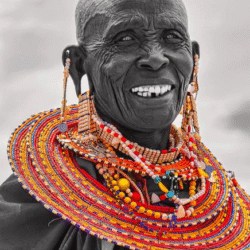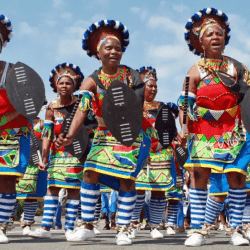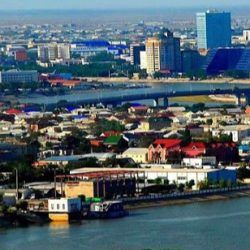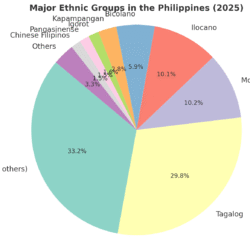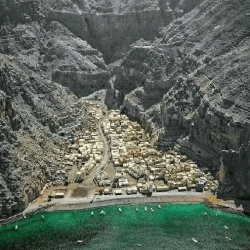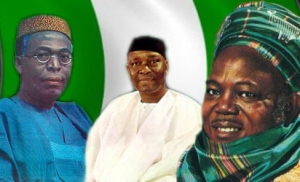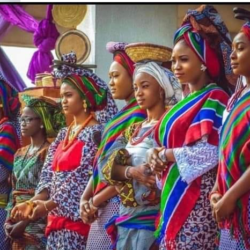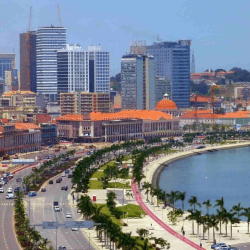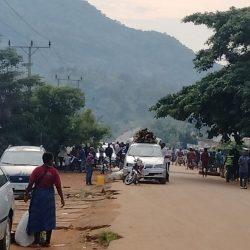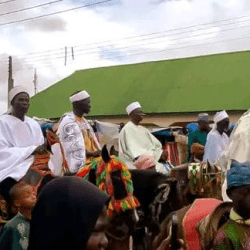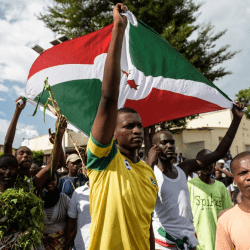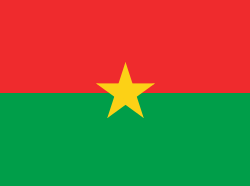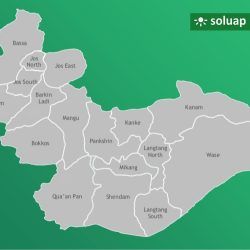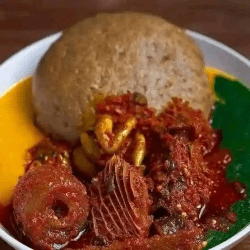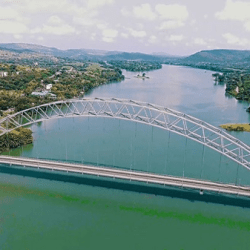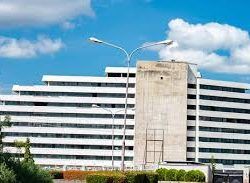Comoros has three official languages: Comorian, French, and Arabic. Comorian is the dominant native language. It is more of a Swahili dialect. It is transcribed in Arabic in its written form. Arabic is the second most dominant language.
French comes in third, although it is the official language of instruction in schools and the main language of official business. However, less than half of the population speaks French. It is largely concentrated in urban areas and mainly spoken by the educated elite.
It is much easier to relate freely with most people of Comoros when you know some words in Comorian.
More on Comoros
Comoros is an African country that comprises the islands of Grand Comoros (Njazidja), Anjouan (Nzwani), Moheli (Mwali) and Mayotte in Southeastern Africa, located at the northern end of the Mozambique Channel in the Indian Ocean.
However. despite Mayotte being recognized by some as part of Comoros, France still administers it.

Capital: Moroni
Official languages: Comorian, French, Arabic
Currency: Comorian Franc
Population: 821,625 (2021) World Bank
Land area: 2,235 km²



The capital Moroni is also the largest city.
The country is officially referred to as the Union of the Comoros. The name ‘Comoros’ is from the Arabic word قمر qamar which means “moon’.
Comoros proclaimed its independence from France on 6 July 1975.
Sunni Islam is the religion of majority of Comoros people and the official state religion.

Comoros is a member of the Arab League and the only country in the Arab world which is entirely in the Southern Hemisphere.
It is also a member state of the African Union, the Organisation internationale de la Francophonie, the Organisation of Islamic Co-operation, and the Indian Ocean Commission. The country has three official languages: Shikomori, French and Arabic.
Comoros is a archipelago island nation in the Indian Ocean between the eastern coast of Africa and Madagascar.

It gained its independence in 1975 from France.
With fewer than a million people, Comoros is one of the least populous countries in the world but is also one of the most densely populated.
Comoros, despite its small population, is one of the most densely populated countries in Africa due to its small size.
It has an average population density of 443 people per square kilometer making it the 15th most densely populated country in the world despite ranking as the 178th in terms of total area and 165th in terms of the overall population.
This is significantly very high population density considering that Comoros is largely rural with two-thirds of its population living in rural areas.
Moheli Marine Park is the first protected area in Comoros. It was established on 19 April 2001.
Moheli Marine Park, which rests within the Mozambican Channel, is unique in its own kind. It is home to coelacanths – a rare species of fish almost endemic within that region. It is also home to a variety of sharks and humpback whales. This is the easiest place to view the humpback whale off the East African coast.
Comoros is the world’s largest producer of ylang-ylang, which is valued for the perfume extracted from its flowers. Ylang-ylang is an endemic plant species in Comoros. Its oil is used as a base oil for perfumes. Despite its use in perfumes, it is an essential oil with plenty of medicinal values. One of its important therapeutic applications is in aromatherapy.
Apart from aromatherapy, it also has anti-depressant, antiseptic and aphrodisiac properties. Yes, if you want to boost your romantic spirit while on honeymoon in Comoros, ylang-ylang is the best remedy for that.
Most inhabitants of Comoros make their living from subsistence agriculture or fishing.
Comoros, despite its natural treasures and geo-strategic position, is still a poor underdeveloped country. This has been exacerbated by the persistent political turmoil that has kept off potential investors.
Thus, most of its citizens rely on traditional subsistence farming and fishing.
As a result of international pressure and effort, Comoros has experienced a stretch of peace and political stability of recent.
Since declaring independence in 1975, Comoros has experienced more than 20 coups d’état or attempted coups, with various heads of state assassinated.
It is probably a country with the highest density of coups within its short 40-year independence. Since independence, Comoros has been in much political turmoil.
There have been coups and counter-coups such that interludes of peace only occurs for the planning of the next coup. However, in the last decade, Comoros has enjoyed peace due to international pressure.
The Comoros population is highly diverse. It is a melting pot of cultures from diverse continents – Africa, Asia, Australia, and Europe. Despite it being so close to Mozambique, the first inhabitants came for the far-off lands in Australasia.
Both Polynesians and Melanesians settled on Comoros before being joined by Africans and later Arab traders (Persians). Portuguese were the first European settlers who were later displaced by the French.
Comoros offers one of the world’s largest coral atolls which parades hundreds of fish species, shells, and corals.
Comoros coral reefs are simply a marine paradise. They are unrivaled. Here is a place where you can witness the highest concentration of coral marine specials within a small area. You can also marvel at the magnificent coral landscape not found elsewhere in the world.
With its crystalline blue waters and white sand beaches, Comoros is a true natural beauty that remains largely untouched by tourism.
Comoros is largely unexposed to tourism. This is because of its past as a turbulent political volcano with coups and counter-coups. Thus, it has not been etched in the global tourist circuit. However, with peace and stability that has been experienced over the last decade, fortunes are changing in favor of Comoros.
Mount Karthala is an active volcano and the highest point of the Comoros at 2,361 meters (7,746 feet) above sea level.
Comoros does not just experience a political volcano. Mt. Karthala is an active volcanic mountain. Just as Comoros has experienced 20 active coups since independence, its Mt. Karthala has experienced 20 active volcanoes since 19th Century.
The last eruption occurred in 2007. However, non-eruptive volcanic activity such as quakes and tremors are still being recorded year-on-year. Despite the volcanic activity, Mt. Karthala is a magnificent landscape with unique flora and fauna.
Moroni is the largest city, the federal capital, and seat of the government of the Comoros. In the native language, the word ‘Moroni’ translates to ‘in the heart of fire’. This is probably due to its proximity to the active volcanic Mt. Karthala. Moroni has its own Medina (old Arabic town) which resembles the Arabic Zanzibar architecture.
The Arabic traders found it around 10 AD. It is located on the southern end of Grand Comoros. It has a population that is just about 50,000 inhabitants.
Moroni is a port city with a small harbor due to the prohibitively steep coastal landscape. The main exports processed through it include cacao, vanilla, and coffee.
